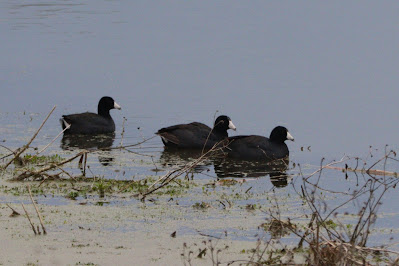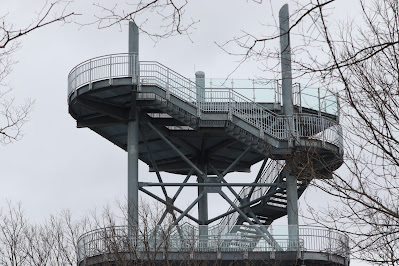The Tunnel at Niagara Falls!
We made a trip to the new Tunnel at the Niagara Parks Power Station. When we emerged from the tunnel, we were at the base of Niagara Falls.
I probably wouldn't have seen this Song Sparrow at the river's edge if it hadn't broken out into song!
Many gulls fished at the base of the falls. The only ones that I could see were all Ring-billed Gulls.
Several Double-crested Cormorants bobbed around in the surf below the falls.
We took an elevator 180 feet down to reach the start of the tunnel.
For over a century, the tunnel served as an exit point for the water used in generating hydropower. We walked along the same path travelled by the water which led us to the point where the water emptied into the Niagara River. The tunnel distance for walking was just under 1 km each way.
Interpretive signs provided detailed historical information but also let us know where we were standing in relation to the activities above us at ground level.
Looking up towards the road above.
























































